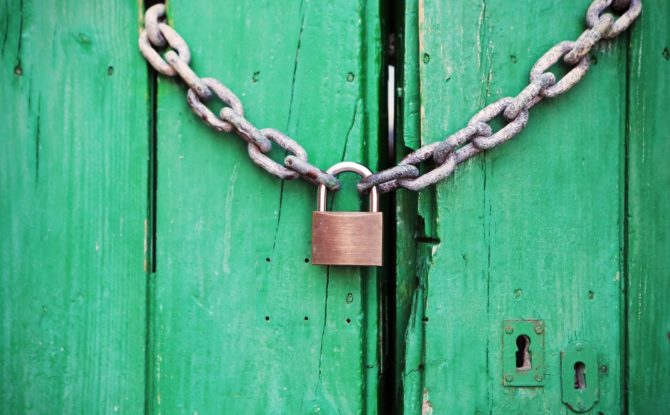
Are your passwords safe and un-crackable?
Do you know that on average every person has to manage and remember up to 90 accounts and passwords?
From personal emails to work emails, from online shopping accounts to online account software, everyday we are logging in and out of various accounts.
How are you protecting your business from someone trying to steal your password or hacking into your accounts?
Set a “complicated” password
You would imagine the easily guessed passwords are 123456 and password!
When creating a password try to set one that is not easily guessed, by another person or by a computer. Try to avoid having patterns when creating passwords. Even when the account may not require a complicated password, it is always worthwhile to set one ideally with 12 characters, a capital letter, a symbol, and numbers.
2 factor authentication
For accounts that maintains sensitive information, such as your bank accounts, or account software, the software providers now require 2 factor authentication which requires an external machine (phone/tablet/dongle) to complete the login process. Although it would take up more time to login, it would help stopping hackers/scammers from compromising your account.
Do not reuse passwords
Hackers use programs to run through your account to identify any other accounts you may have set up elsewhere and can use the same password (or related passwords) to attempt to hack into your other accounts. Therefore we should always have a separate password for each account.
No sharing of accounts or password
You should not share passwords with anyone, once a password is shared, your account information is not safe as there is always a risk that the other person may use your password without your permission. If you have done so in the past, it is recommended to change your password immediately.
Avoid suspicious emails
If you received an email that contains a link or an attachment, that you have not requested, or looks different. Do not click on the link or open the attachment – it may be a phishing email https://www.scamwatch.gov.au/types-of-scams/attempts-to-gain-your-personal-information/phishing . To determine if a link is real or “scammy”, you can hover on the link to see the actual link, if you decided it is real, then right click to copy and paste the link on your browser.
Attachments may contain virus or trojan, once you clicked it, it will be automatically saved and installed in your computer. Unless you are certain that the attachments are real and legit, otherwise do not click or download any suspicious attachments.
Stay alert
Always be on the guard and keep an eye out on suspicious emails, websites or activities in your account. Afterall some accounts you have may contain enough sensitive information for hackers to pose as you on the internet world, to steal your money or your identity.

